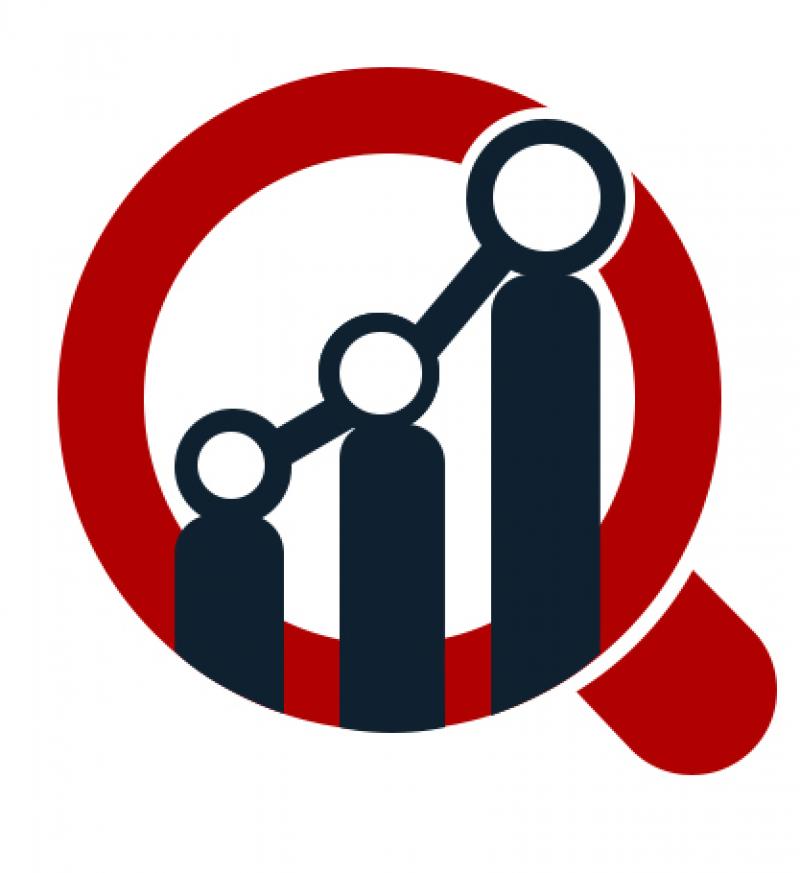Alcoholic Beverages Market Size, Share, Trend, Global Analysis, Top Key Players and Forecast to 2023
Alcoholic Beverages Market Overview:
Alcohol consumption has changed remarkably over the past few years and increasing globalization and convergence of different cultures has created opportunities for the growth of the alcoholic beverage market. The global alcoholic beverages market is poised to exhibit impressive growth and attain high revenues over the forecast period 2017-2023, reveals a study by Market Research Future (MRFR). This growth can be attributed to appeal of alcoholic beverages, rise in disposable income in emerging economies which leads to increase in demand of alcoholic beverages, growing consumption of alcoholic beverages by the young generation, expanding consumer base of alcohol consumption owing to penetration of alcohol consumption into culture, Impact of urbanization on lifestyle, and changing taste and preferences of consumers.
Growing trend of spending at clubs and night parties coupled with western influence on consumers has reflected positively on the market growth of alcoholic beverages. Growing youth population is also expected to propel the market for alcoholic beverages. Furthermore, easy availability of alcoholic beverages and the perception that alcoholic beverages are relaxing to the mind further drives the market. New product launches and the introduction of more unique flavors are also expected to spur the growth of the market. Introduction of low-calorie, gluten-free and naturally sweetened alcoholic beverages also aid in market expansion.
On the flipside, growing demand for non-alcoholic functional beverages owing to health concerns, higher taxes levied on alcoholic beverages, the high cost of premium varieties, adverse effects of alcoholic beverages, and fluctuations in the price of raw materials are possible hindrances to the market growth. Additionally, legalization of marijuana in the US is a potential threat to the alcoholic beverage market. Poor alcohol standards, the addition of water in wine, usage of cheap starches in the production of beer and production of cheap quality spirits subject alcoholic beverages to quality concerns and regulations are imposed on them which might hinder the growth of the market. However, the introduction of healthier alcoholic beverage options is likely to offer potential opportunities to market players.
Competitive Analysis: The Global Alcoholic Beverages Market is highly competitive, and the key players are implementing various strategies such as the acquisition of smaller industries to broaden their market share. The key players operating in the global alcoholic beverages market include Anheuser Busch InBev. (Belgium), Accolade Wines (Australia), Constellation Brands (U.S.), Heineken Holding Nv (Netherland), Carlsberg Group (Denmark), Beam-Suntory (U.S.), and Diageo Plc (U.K.).
Industry Updates: Diageo, a leading manufacturer of alcohol beverage has made an equity investment of 270 million in a payment technology startup. Hip Bar Private Limited caters to the needs of the beverage industry and consumers with the Hip Bar Mobile Wallet and Delivery App.
In May 2018, Coca-Cola launched its first alcoholic beverage named Lemon-do. The product presently only being sold in Japan, is being released on an experimental basis and is unlikely to be adopted out of Japan.
Segmentation: The global alcoholic beverages market has been segmented based on type, packaging material, distribution channel, and region. By type, the market has been segmented into Fermented Drinks, distilled drinks and others. The fermented drinks segment has been further segmented i9nto beer, wine, and others. The distilled drinks segment has been further segmented into gin, rum, vodka, brandy, and others. By packaging material, the market has been segmented into glass, plastic, paper/carton, metal cans, and others. By distribution channel, the market has been segmented into food retail and food services. The retail food segment has been further segmented into store-based and non-store based.
Regional Analysis: The key markets of the Global Alcoholic Beverages Market are North America, Europe, Asia Pacific, and rest of the world (ROW). Europe is leading the market for alcoholic beverages owing to high disposable income coupled with favorable demographic population pool. Europe market is expected to retain its position over the forecast period. Germany is the principal contributor in the region. Asia-Pacific market is projected to grow at a higher rate as compared to other markets. China and India provide lucrative growth opportunities.
Get a Sample Report @ https://www.marketresearchfuture.com/sample_request/3190
